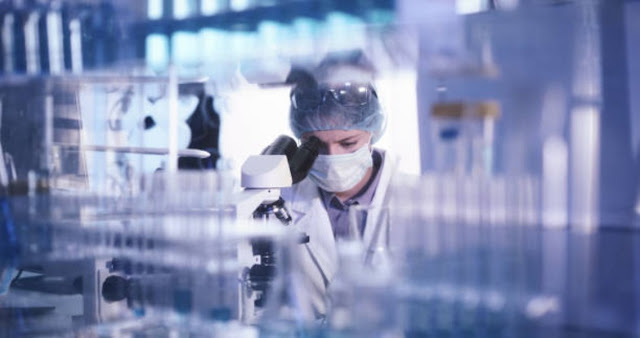Featured
- Get link
- X
- Other Apps
advancements in diagnostic testing

Introduction:
Diagnostic testing plays a critical role in healthcare by
aiding in the early detection, diagnosis, and monitoring of diseases.
Technological advancements have revolutionized the field of diagnostic testing,
improving accuracy, efficiency, and accessibility. This article explores the
latest developments in diagnostic testing technology, highlighting their impact
on healthcare and patient outcomes.
Point-of-Care Testing (POCT):
Point-of-care testing refers to diagnostic tests performed
at or near the patient, eliminating the need for sample transportation to a
centralized laboratory. Portable devices and handheld analyzers have been
developed to rapidly and accurately test various parameters, including blood
glucose, infectious diseases, cardiac markers, and pregnancy. POCT enables
real-time decision-making, expedites treatment initiation, and improves patient
management, particularly in remote or resource-limited settings.
Molecular Diagnostics:
Molecular diagnostic techniques have transformed the
diagnosis and monitoring of genetic disorders, infectious diseases, and certain
types of cancer. Polymerase chain reaction (PCR) technology has evolved to
offer greater sensitivity, specificity, and speed, enabling the detection of
minute quantities of DNA or RNA. Real-time PCR allows for quantitative
analysis, while multiplex PCR allows simultaneous detection of multiple
targets. Additionally, techniques like next-generation sequencing (NGS) provide
comprehensive genomic profiling, aiding in precision medicine and personalized
treatment approaches.
Immunoassays:
Immunoassays are widely used in diagnostic testing to detect
and quantify specific proteins or antibodies in patient samples. Recent
advancements have led to the development of susceptible and specific
immunoassay platforms. Enzyme-linked immunosorbent assays (ELISAs),
chemiluminescence immunoassays (CLIAs), and fluorescence immunoassays (FIAs)
offer improved sensitivity, broad dynamic range, and multiplexing capabilities.
These assays are invaluable in diagnosing infectious diseases, autoimmune
disorders, hormonal imbalances, and cancer biomarkers.
Imaging Technologies:
Diagnostic imaging technologies have seen remarkable
advancements, allowing for non-invasive visualization and characterization of
anatomical structures and pathological changes. Magnetic resonance imaging
(MRI), totaled tomography (CT), and positron emission tomography (PET) scanners
now offer higher resolution, faster image acquisition, and improved contrast.
Additionally, advanced imaging modalities, such as diffusion-weighted imaging
and functional MRI, provide valuable functional and physiological information,
aiding in the diagnosis and treatment planning of various diseases.
Biosensors and Wearable Devices:
Biosensors and wearable devices have emerged as powerful
tools for continuous monitoring and early detection of health conditions. These
compact and user-friendly devices can measure glucose levels, heart rate, blood
pressure, and oxygen saturation. Integrating biosensors with smartphones and
cloud-based platforms enables real-time data collection, analysis, and remote
monitoring. Wearable devices can transform preventive healthcare, personalized
medicine, and chronic disease management.
Liquid Surgery:
Liquid surgery is a non-invasive indicative technique that
involves the analysis of biomarkers in bodily fluids, such as blood, urine, or
saliva. This approach provides a minimally invasive alternative to traditional
tissue biopsies for detecting genetic mutations, monitoring treatment response,
and assessing disease progression. Circulating tumor DNA (ctDNA), circulating
tumor cells (CTCs), and exosomes are analytes that can be detected and analyzed
in liquid biopsies. This technology significantly affects cancer diagnosis,
treatment selection, and monitoring.
Conclusion:
Advancements in diagnostic testing technology have
revolutionized healthcare by improving the accuracy, efficiency, and
accessibility of diagnostic procedures. Point-of-care testing enables rapid and
on-site diagnosis, while molecular diagnostics and immunoassays offer enhanced
sensitivity and specificity. Imaging technologies provide detailed anatomical
and functional information, while biosensors and wearable devices enable
continuous monitoring. Liquid biopsy offers a non-invasive cancer detection and
monitoring approach, and artificial intelligence enhances diagnostic accuracy
and interpretation. As technology advances, diagnostic testing will be
increasingly crucial in early disease detection, personalized medicine, and
improved patient outcomes.
- Get link
- X
- Other Apps
Popular Posts
increase your money while obtaining a life insurance policy
- Get link
- X
- Other Apps

